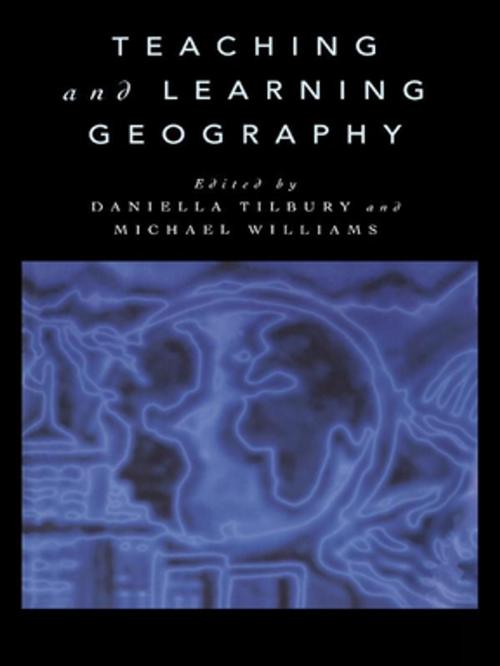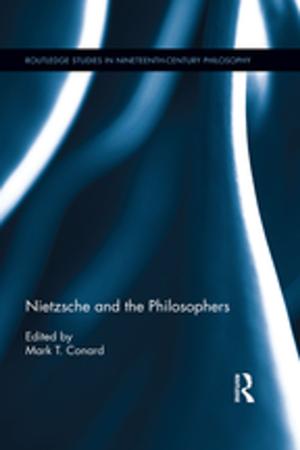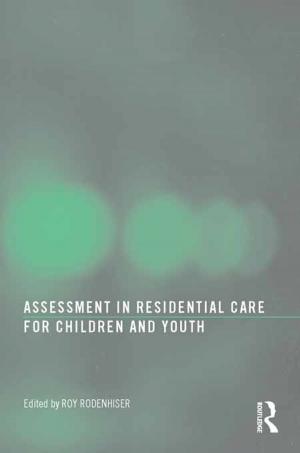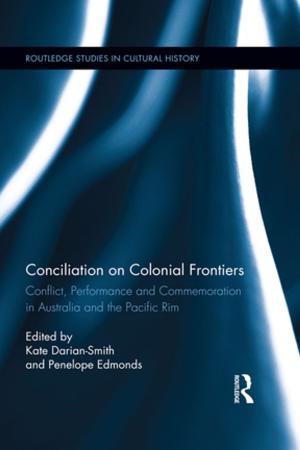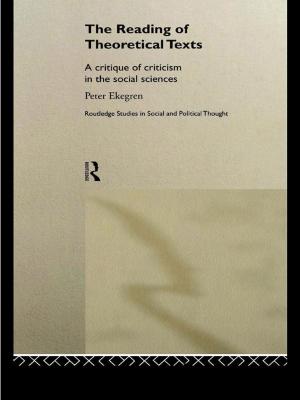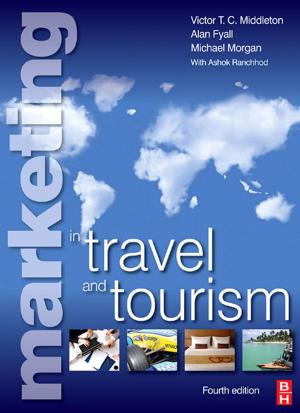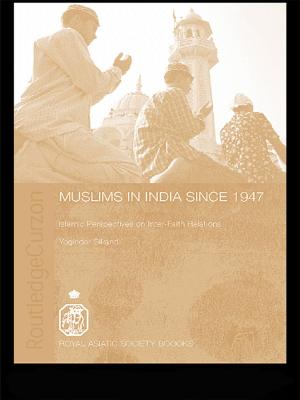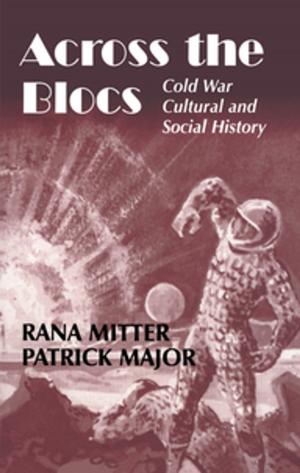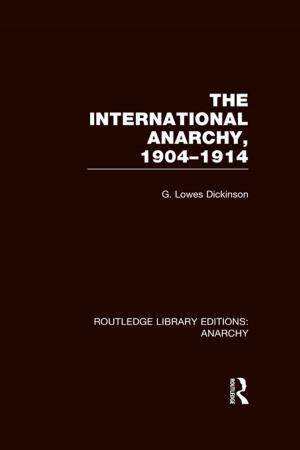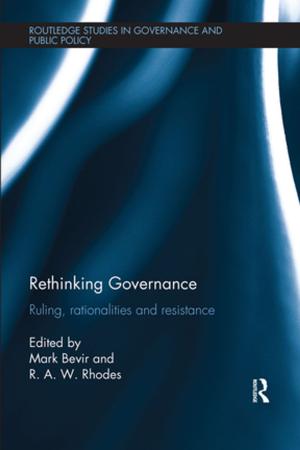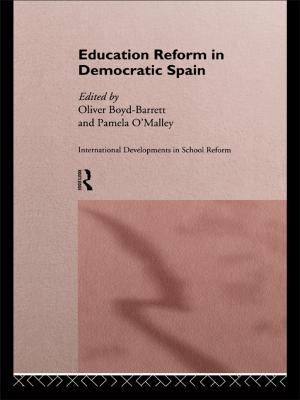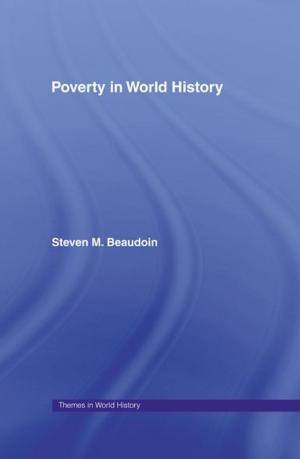| Author: | ISBN: | 9781134765904 | |
| Publisher: | Taylor and Francis | Publication: | November 1, 2002 |
| Imprint: | Routledge | Language: | English |
| Author: | |
| ISBN: | 9781134765904 |
| Publisher: | Taylor and Francis |
| Publication: | November 1, 2002 |
| Imprint: | Routledge |
| Language: | English |
This book provides a clear overview of current thinking on the teaching and learning of geography. It is an ideal companion to all students beginning a career in teaching the subject in secondary schools.
The chapters are written by experienced teacher educators and bridge both theory and practice. The writers focus on the continuities, whilst setting them in the context of the changing curriculum.
The book is divided into four parts. Part One examines the historical context of geography teaching. Part Two looks at issues of course planning, design, syllabuses and programmes of study. Underlying this section is the assumption that geography should not be considered in isolation from other subjects, but rather as part of a whole curriculum. Part Three concentrates on teaching and learning, and includes chapters on the use of maps, field work, IT and first hand experience within a community. The final section covers the issues associated with assessment, across the whole school age range.
This book provides a clear overview of current thinking on the teaching and learning of geography. It is an ideal companion to all students beginning a career in teaching the subject in secondary schools.
The chapters are written by experienced teacher educators and bridge both theory and practice. The writers focus on the continuities, whilst setting them in the context of the changing curriculum.
The book is divided into four parts. Part One examines the historical context of geography teaching. Part Two looks at issues of course planning, design, syllabuses and programmes of study. Underlying this section is the assumption that geography should not be considered in isolation from other subjects, but rather as part of a whole curriculum. Part Three concentrates on teaching and learning, and includes chapters on the use of maps, field work, IT and first hand experience within a community. The final section covers the issues associated with assessment, across the whole school age range.
